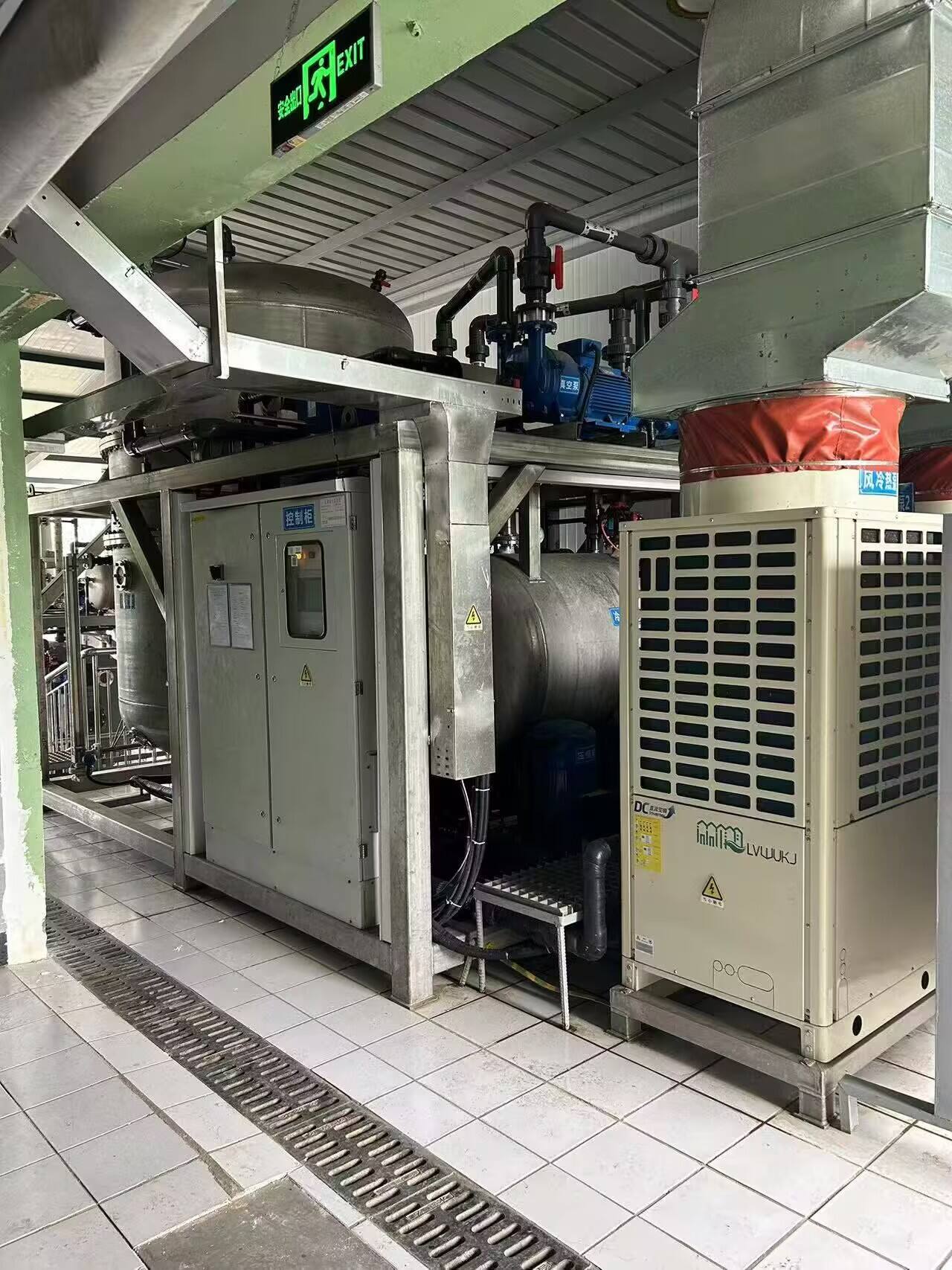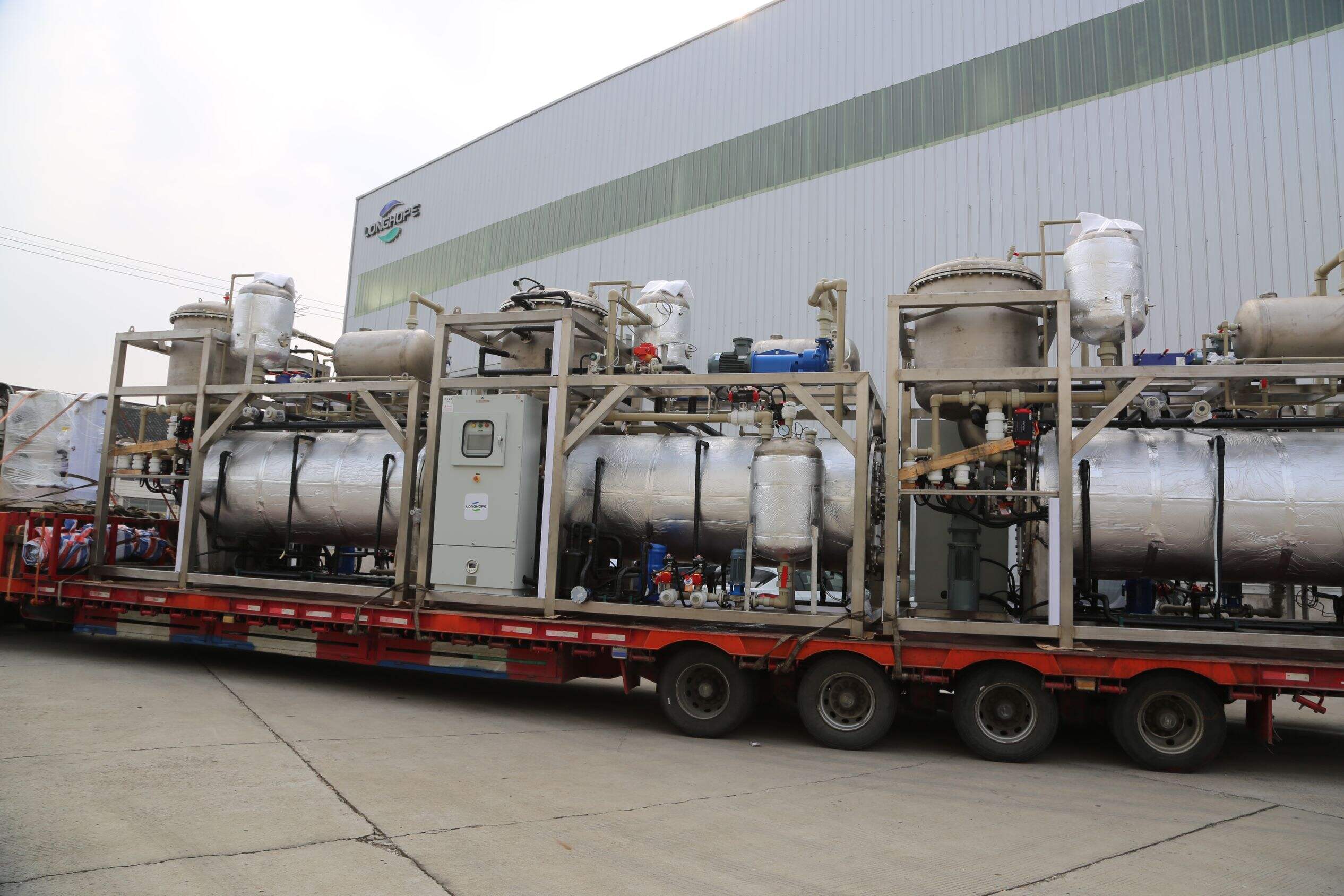industrial wastewater plant
An industrial wastewater treatment plant represents a sophisticated facility designed to process and purify contaminated water from manufacturing and industrial processes. These plants incorporate multiple treatment stages, including primary treatment for removing solid waste, secondary treatment utilizing biological processes, and tertiary treatment for final purification. Advanced technologies such as membrane filtration, chemical treatment, and biological remediation work in concert to eliminate pollutants, heavy metals, organic compounds, and harmful chemicals. The facility typically features automated monitoring systems that continuously assess water quality parameters, ensuring compliance with environmental regulations. Modern plants incorporate smart control systems that optimize treatment processes in real-time, adjusting chemical dosing and flow rates for maximum efficiency. The plant's design allows for scalability to accommodate varying wastewater volumes and compositions, making it suitable for diverse industrial applications. Key components include equalization tanks, clarifiers, biological reactors, filtration units, and sludge handling systems, all working together to transform industrial wastewater into water that meets discharge standards or can be reused in manufacturing processes.


